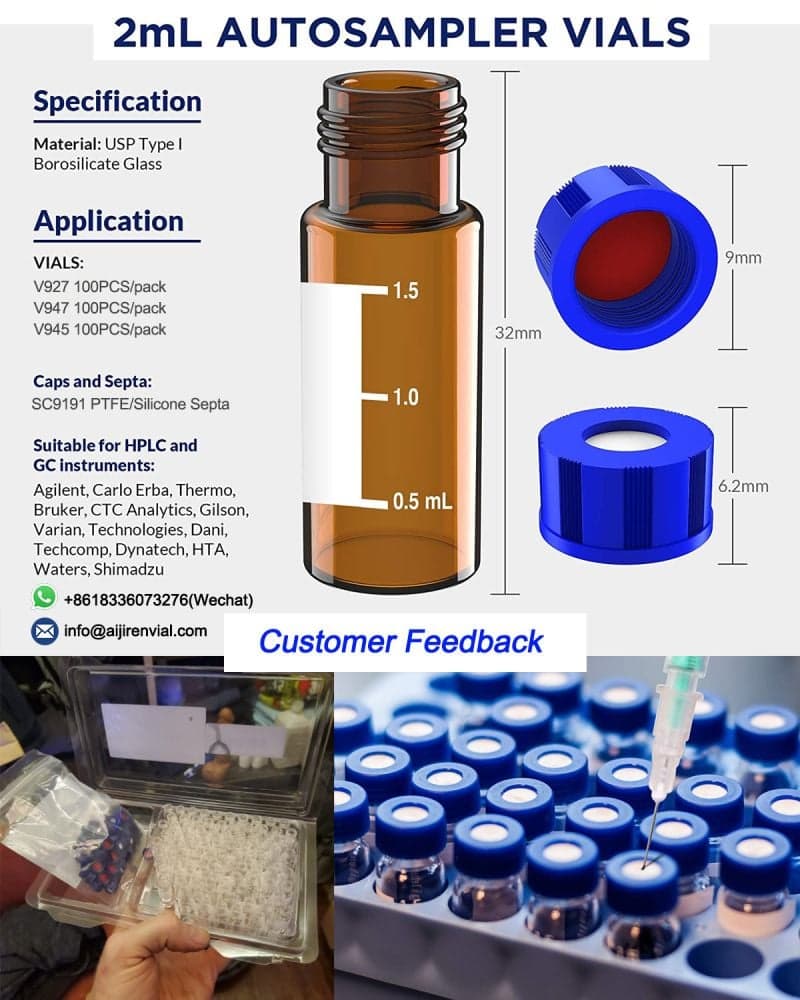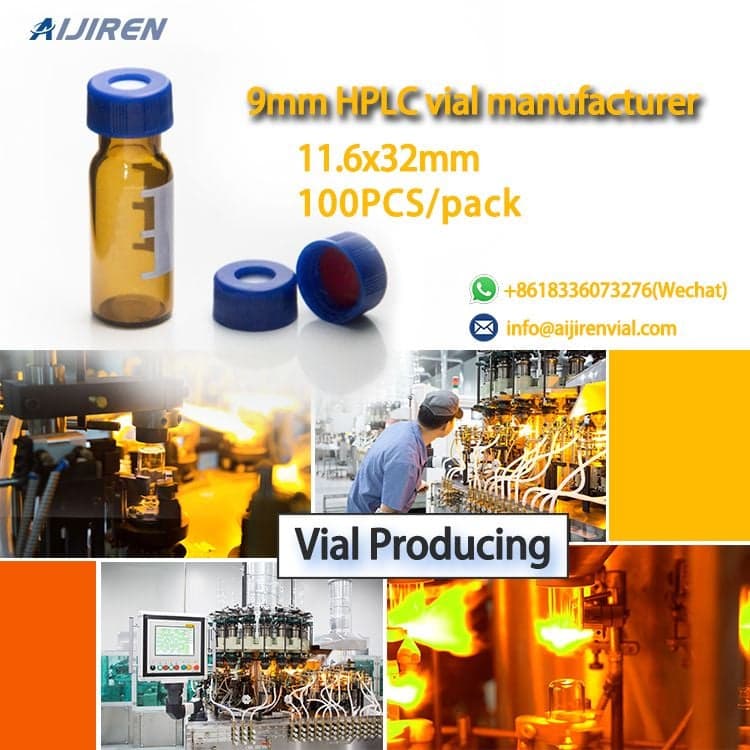
HPLC vial can be available screw top, snap top and crimp finished. 9mm screw autosampler vial is the most common product. This autosampler vial size is 11.6x32mm, which are autosampler compatible and offer a 40% larger opening than 8-425 thread vials, simplifying pipetting and other routine functions.
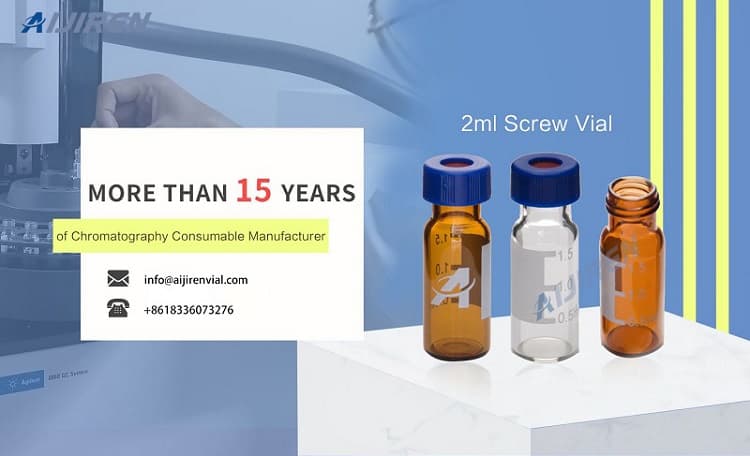
ND18 Vial. 702866. 10 mL Headspace Screw Neck Vial N 18 outer diameter: 22.5 mm, outer height: 46 mm clear, rounded bottom. 100/pk. 702826. 20 mL Headspace Screw Neck Vial N 18 outer diameter: 22.5 mm, outer height: 75.5 mm clear, rounded bottom. 100/pk. 702826.2
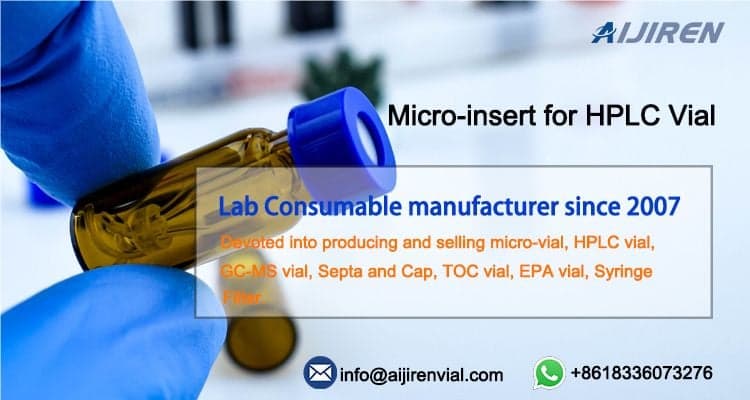
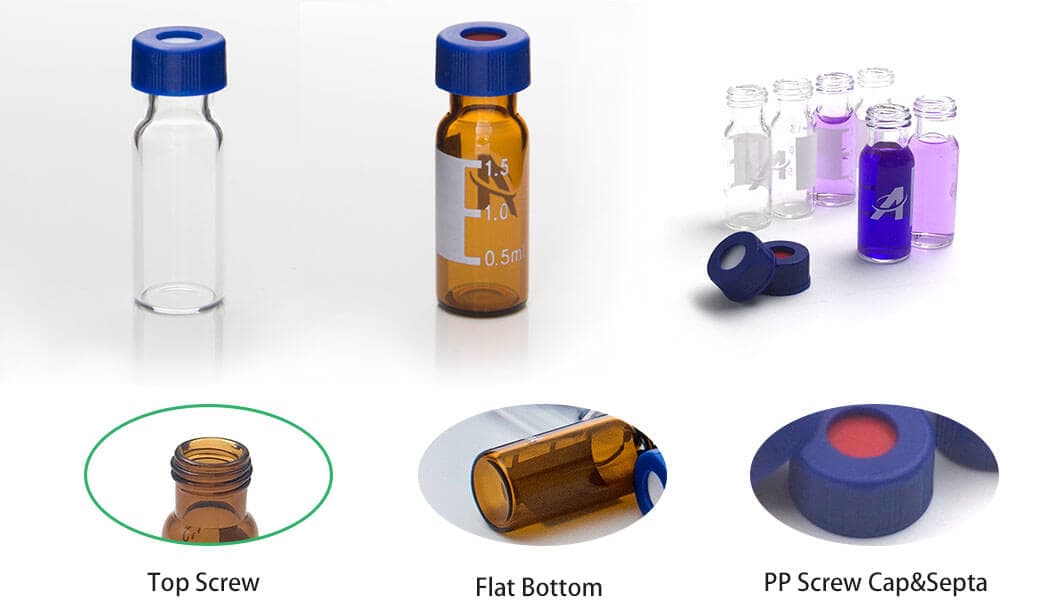
PMP has higher heat resistance - up to 175 degrees Celsius - and is transparent, which increases the visibility of the sample inside the sample bottle. Plastic vials have good chemical resistance, light weight construction, durability and economy. Product name. 2ml 9mm Screw Top Plastic hplc vial and closure. Volume. 1.5ml-2ml. Vial Size. 12*32mm.
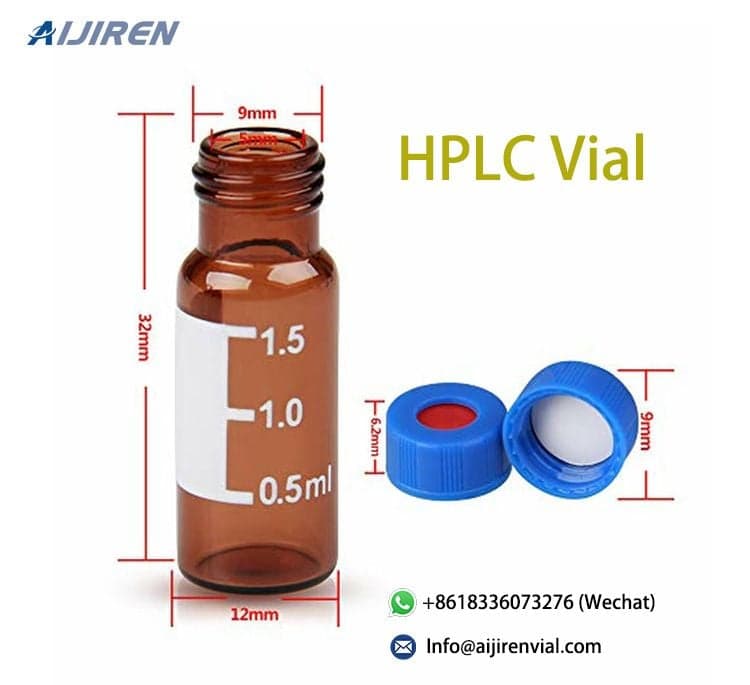
These chromatography vials provide reliable performance regardless of the manufacturer while maintaining high productivity. Provided is a table that displays the many vial types Aijiren offers and the autosampler models they are compatible with. Explore the vast array of autosampler vials Aijiren has to offer. Manufacturer. Model. Crimp Top Vials.
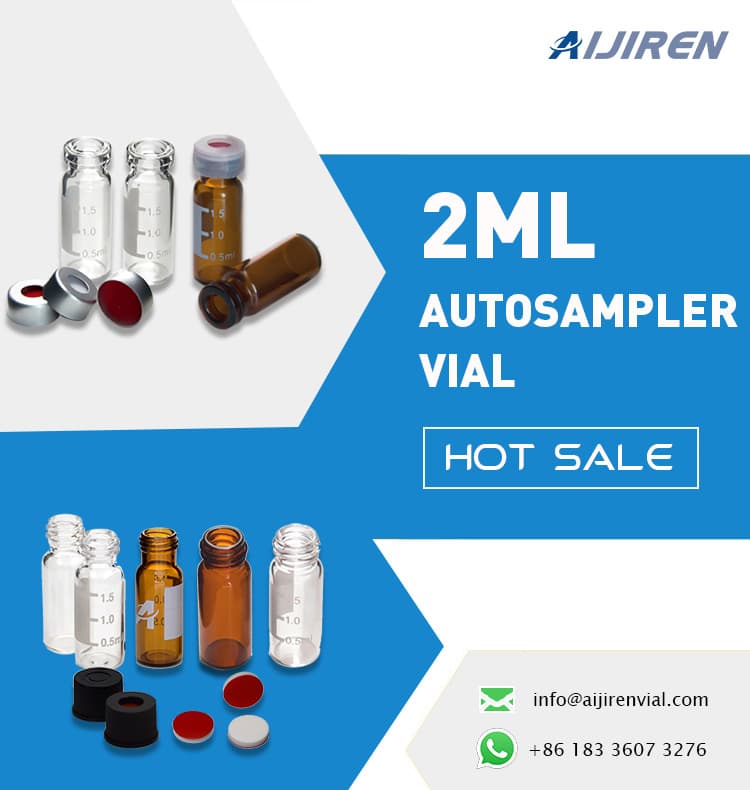
Standard 2 ml (12 x 32mm) vials compatible with every autosampler. The vials can be delivered with screw-, snap- or crimp-cap neck in 8-9-10 mm. Also available are autosampler vials for optimized microsampling, with up to 5ul low recovery. We recognize 3 categories of autosampler vials: vials for microsampling, 2mL crimp vials and PTFE/PE/PP vials.

2ml Autosampler vials hold samples that will be injected from an autosampler into a chromatograph or similar analyzer. Vials, vial inserts, septa, and caps/closures with or without septa for use with autosamplers and autosampler vials; includes a variety of sizes, configurations, material compositions, and closure types.

Autosampler vials are usually made from clear or amber glass, both of which are highly inert. Amber glass helps protect more sensitive samples from exposure to UV light and radiation. Vial inserts are used to reduce the capacity of the vial to accommodate smaller samples. Typically 150 to 400µL in volume, they may be made of glass, plastic, or
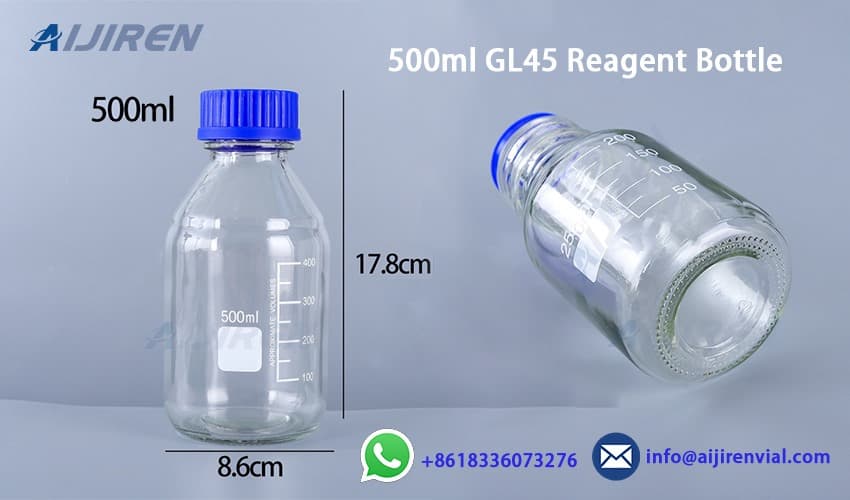
Jan 31, 2022 · HPLC Autosampler Vials: Dos and Don’ts. By MTS. 31 January 2022. In Articles, HPLC, Resource Library. The HPLC vial is a seemingly minor component of an HPLC system but it has the potential to create major problems. This is particularly true for quantitative analysis. The following list of dos and don’ts will help you to avoid some of the
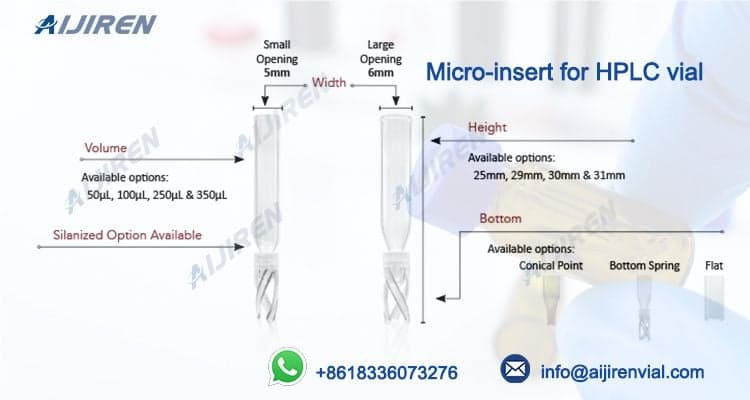
Clear glass or polypropylene inserts for 8mm HPLC and GC autosampler vials are available in a variety of configurations with usable volumes from 125μL to 200μL. Promotions are available. 3. Aijiren Tech™ SUN-SRi™ Sun1 Vial Inserts 100 per pk. SUN-Sri Inserts are available in a variety of configurations to accommodate small sample size.
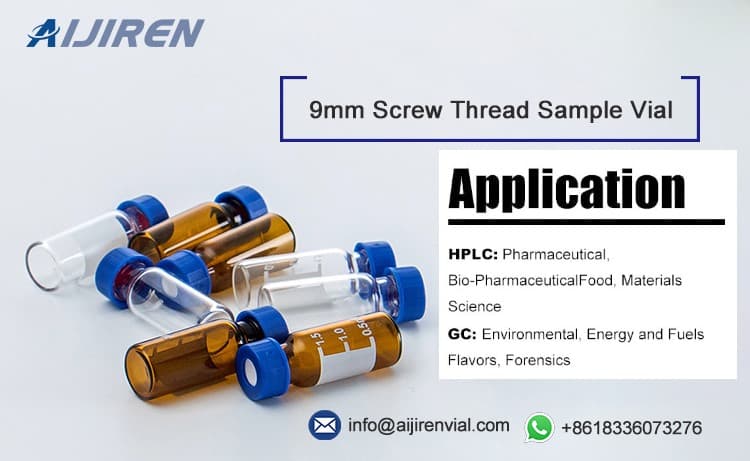
AUTOSAMPLER VIALS. Molded only from high purity virgin PFA, Savillex autosampler vials are the cleanest option for ultratrace metals analysis. Available in a wide range of sizes to fit most commonly used ICP autosamplers.
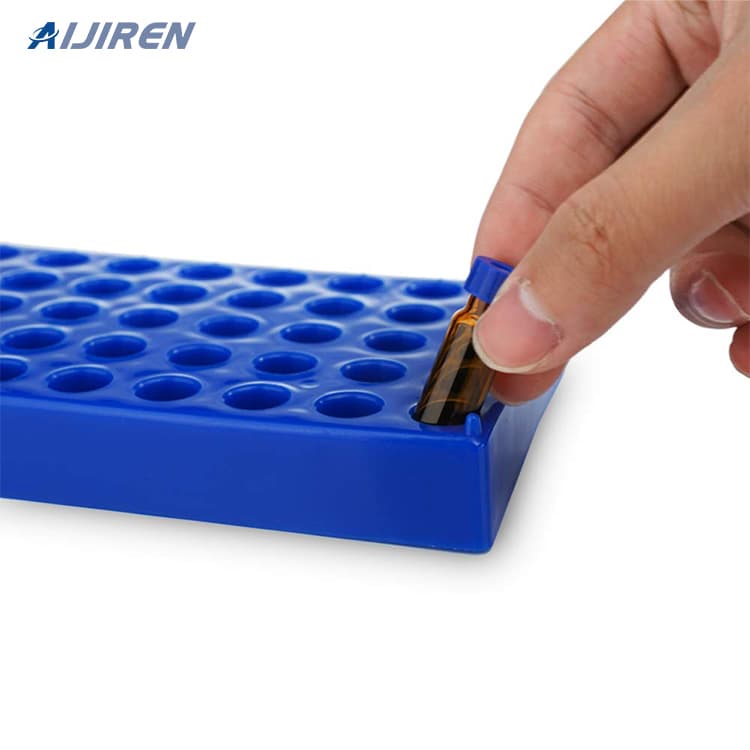
labForce® (a Thomas Scientific Brand) labForce Brand 9mm polypropylene vial is an economical alternative to glass and is compatible with many solvents. 12x32mm vial with a 40% larger opening Capacity - 100uL to 300uL Manufactured from chemical resistant polypropylene Designed to work in robotic arm autosamplers Ideal. Related Products: 9mm
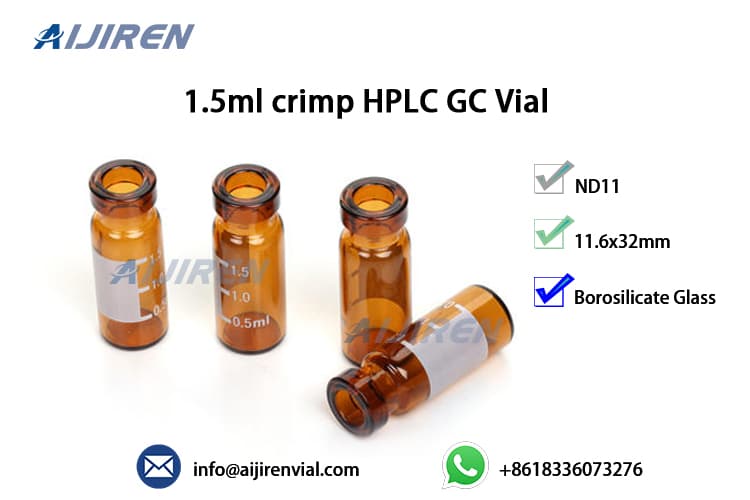
Mar 08, 2012 · Preparing Headspace Vials. We are using 10mL headspace vials with gray butyl septa (boiled prior to use to clean and prevent leaking) and capped with aluminum crimps to store 12mL atmospheric gas samples. We will be measuring CH4, N2O, and CO2 on a GC with an FID, ECD, and TCD, respectively. Our GC carrier is He.
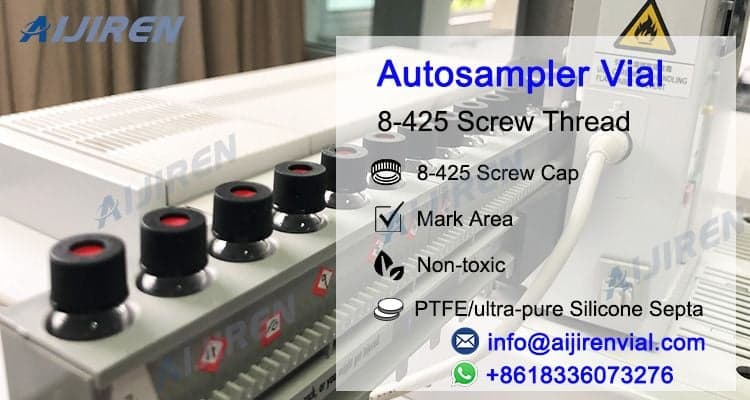
Micro inserts are placed and sealed inside a vial so they can be used in conventional autosampler racks. The smaller 6 mm diameter of the insert gives better sample recovery than a routine flat based vial; with conical inserts being most effective with residual volumes of 1-2 microliters.
